


Phosphorus Pentachloride is a yellowish-white crystalline solid with a pungent odor. It is highly reactive, especially with water, releasing hydrochloric acid and phosphoric acid upon decomposition. It is primarily used as a chlorinating agent in organic synthesis and in the manufacture of pharmaceuticals and agrochemicals.
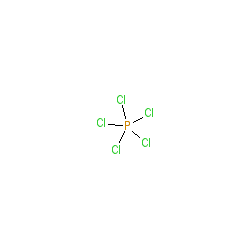

Phosphorus Pentachloride is a yellowish-white crystalline solid with a pungent odor. It is highly reactive, especially with water, releasing hydrochloric acid and phosphoric acid upon decomposition. It is primarily used as a chlorinating agent in organic synthesis and in the manufacture of pharmaceuticals and agrochemicals.

.3d8f8f41.svg)
Industrial Chemicals
.3556d45a.svg)

Inorganic Chemicals


Phosphorus Compounds
Included in Quote
Included in Quote
Included in Quote
Included in Quote
.7767eb0f.png)

Chemical Properties & Specifications
Used as a chlorinating agent for converting alcohols and acids into chlorinated compounds.
Employed in the synthesis of various pharmaceutical intermediates.
Utilized in the production of pesticides and herbicides.
Involved in the manufacture of certain dyes and pigments.
It is used primarily as a chlorinating agent in organic synthesis, as well as in the production of pharmaceuticals, agrochemicals, dyes, and pigments.
It reacts violently with water, releasing heat and producing hydrochloric acid and phosphoric acid.
Use appropriate personal protective equipment (PPE), including gloves, protective clothing, and eye/face protection. Ensure adequate ventilation to avoid inhalation of dust or fumes.
Yes, it is classified as hazardous due to its corrosive nature and its ability to release toxic gases upon contact with moisture.
Store in a cool, dry, well-ventilated area, away from moisture and incompatible substances. Use corrosion-resistant packaging for safe storage.
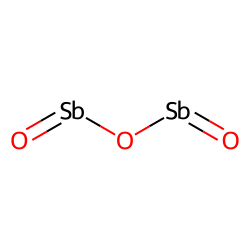
CAS No. : 1309-64-4
Category : Inorganic compound
Sub-Category : Flame retardants
Description: Antimony trioxide (Sb2O3) is an inorganic compound commonly used as a flame retardant and as a catal...
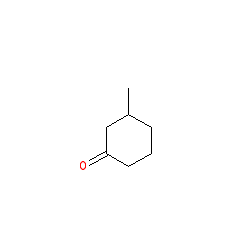
CAS No. : 36306-87-3
Category : Fragrance Ingredients
Sub-Category : Aroma Chemicals
Description: Kephalis is widley used in many industries. It plays a key role in the production of resins, coating...
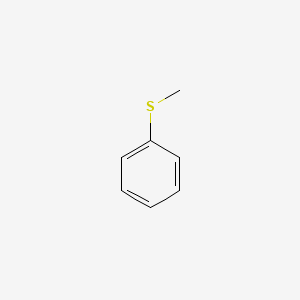
CAS No. : 100-68-5
Category : Pharmaceutical Actives & Precursors
Sub-Category : Intermediates & Precursors
Description: Thioanisole is a colorless to light yellow liquid with an aromatic odor. It serves as a valuable int...
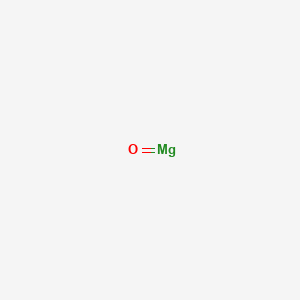
CAS No. : 1309-48-4
Category : Inorganic compound
Sub-Category : Magnesium compounds
Description: Magnesium oxide, commonly known as magnesia, is a white hygroscopic solid mineral that occurs natura...
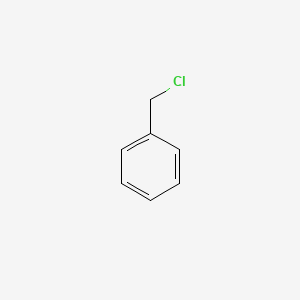
CAS No. : 100-44-7
Category : Organic Intermediate
Sub-Category : Reagents
Description: Benzyl Chloride is a colorless to pale yellow liquid with a pungent odor. It is primarily used as an...